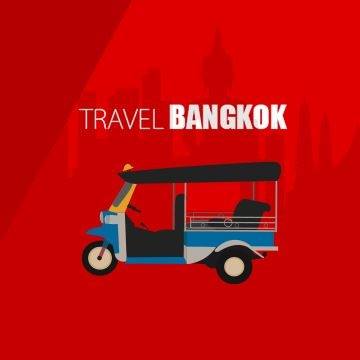Royal Barges Museum in Bangkok
an appealing attraction
From the Nakhon Sawan Province of Thailand the Chao Phraya River flows south for over 360 kilometers to join the sea by flowing into the Gulf of Thailand at Pak Nam. The Chao Phraya River is inextricably linked with the lives of the people of Thailand. There was a time when the Chao Phraya River along with its tributaries were the most important means of communication and boats were the major form of transportation even for Thai Royalty. Today, in Thailand there is a considerable amount of water transportation including leisure transportation. The Thai capital also known as “Venice of the East” is a hub for leisure transport and the popularity of a Chao Phraya cruise can be best gauged by the numbers clamouring for one. A superb way to enjoy Chao Phraya and its surroundings is to take a luxurious trip with Anantara Cruises in their exquisite 100 year old barges with their well appointed accommodation, excellent service and superb cuisine.
The history and glamour of the link between Thai Royalty and the Chao Phraya River can be seen at the ‘Royal Barges Museum in Bangkok. The Museum is on the banks of a canal (klong) linked to the main Chao Phraya river. The best way is to catch the Chao Phraya Express Boat to Wang Lang Pier (N10). From the pier it is a short walk to the ‘Royal Barges Museum’. The other option would be to book a long-tail boat ride of Bangkok’s waterways and include the Museum in the itinerary. The Museum can be reached by land too but this is more complicated.
The “Royal Barges Museum” houses eight Royal Barges unique and stunning in appearance. The Royal Barges are reserved for state occasions and other special events of which the ‘Royal Barge Procession’ is one. Another is the ‘Katin”ceremony in October or November when the King and the Royal Family would travel down river in a procession of barges to gift new robes to the monks at Wat Arun.
When the Burmese ransacked Ayutthya all the Thai barges were burned. King Rama 1 (who established Bangkok as the Thai capital) built new ones in the image of the old ones.
Each boat has been created out of massive pieces of teak. The prows are carved or engraved with mythical creatures and gilded in gold and decorated with tiny shimmering pieces of glass. Each Royal Barge has a sign stating the name, year of construction and the number of crew members needed to operate it.
T he largest and most important of the barges is the personal barge of the King. It is called Suphannahong (Golden Swan) and was built on the orders of King Rama 1. Rebuilding of the “Golden Swan’ was commenced by King Rama V and completed in 1911 during the Reign of King Rama VI. Made from a single piece of teak it is 44.7 meters long and 3.1 meters wide and is the largest dug out in the world and has a huge golden head of a swan or ‘hongsa’ carved into the prow. The swan has been chosen as it is believed to be the mythical steed of the Hindu God Brahma. The World Ship Trust named this ‘Royal Barge’ a Maritime World Heritage in 1992.
Next to this barge is the Narai Song Suban H M King Rama IX. Its prow has a carving of King Narai on a red and gold Garuda, a mythical creature. It was launched on 05th April 1996 to commemorate the 50th anniversary of the King’s ascension to the throne of Thailand.
Chandrishan Williams is a travel writer who writes under the pen name, Caleb Falcon. He specializes in writing content based on the many exciting world adventures that await intrepid travellers.









